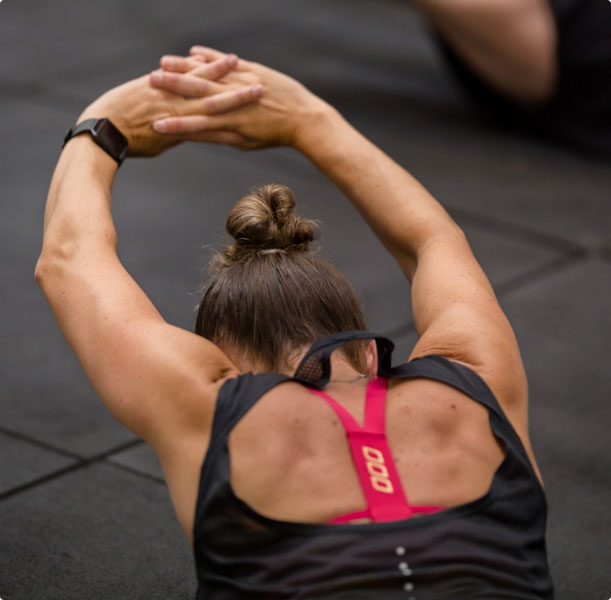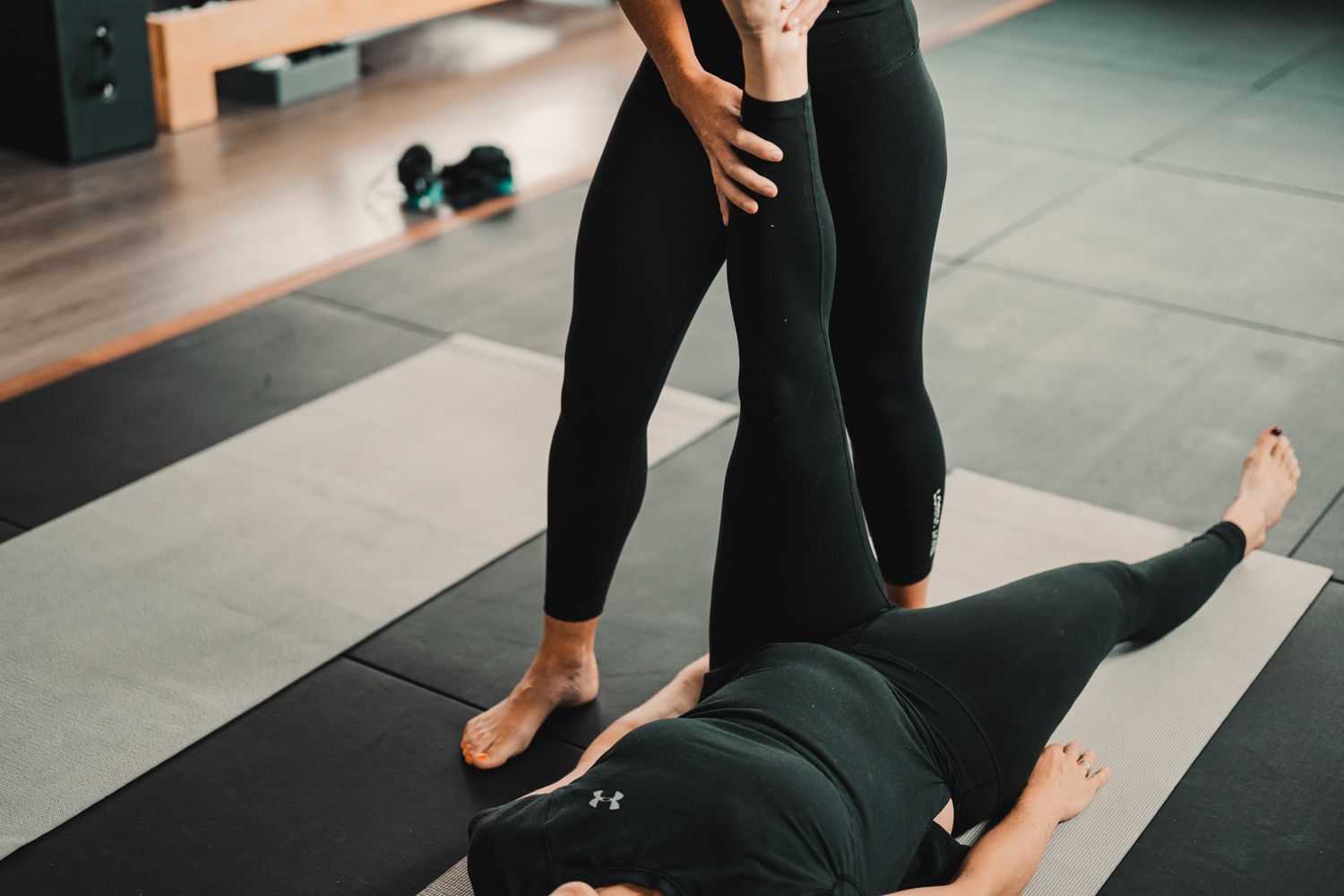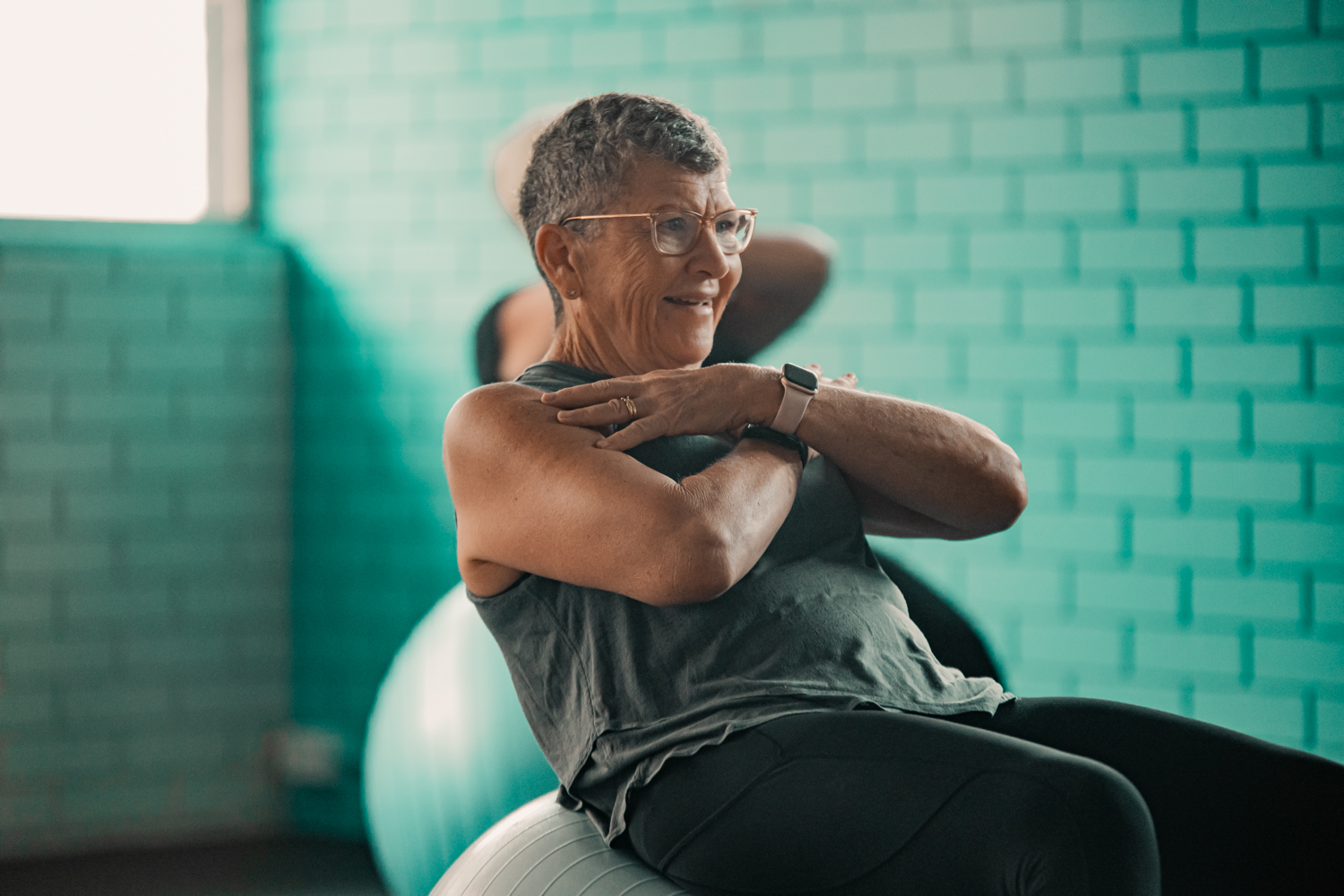Ready To Return To Exercise After Injury, Surgery, Cancer Or Medical Conditions? Here’s How.
Returning to exercise after injury, surgery, cancer treatment or medical conditions, can be a daunting experience. These five simple steps will make your transition back into a healthier, happier lifestyle much easier.
1. Take It Easy
When you’re ready to return after taking time off from your regular exercise routine, it can be tempting to dive straight back in and try doing all the things you used to do. But your body needs time to get used to exercise again, and going too hard too fast may lead to injuries.
Rush in, and you’ll be back out of action before you know it. Instead, take it easy. Start with a few short, simple workouts. This will allow your body to recover and your muscles to regain their strength, so you can gradually build up to your previous levels and beyond.
Starting slowly also helps if you’re feeling apprehensive about returning to exercise. It’s normal to feel afraid – especially if you’ve experienced an injury during exercise. A slow start with easy exercises that aren’t too demanding is the best way to overcome this fear and regain your former strength.
2. Focus on Form
A slow start has the added benefit of allowing you to focus on form rather than intensity. Instead of just powering through your workout, concentrate on body positioning during each exercise, move mindfully and focus on how the exercise should feel. This will help to strengthen the right muscle sets, so you get maximum gain from the exercise. Focussing on proper form also helps to reduce the risk of injury, so you can workout without fear.
3. Warm Up & Stretch
Especially on days when we’re time poor, it can be hard to spend 10 minutes of precious workout time on the warm up. But preparing your body properly before jumping into your workout will not only help to prevent injury, it will also give you a good idea of what state your body is currently in. You can use this info to guide your workout, working around any areas of pain or muscles that are feeling fatigued. This will give your body more time to recover and ensure that you don’t get hurt.
While you’re focussing on getting stronger, sculpting, bulking up, or slimming down, don’t forget that all of these require a strong, flexible foundation. That’s where stretching comes in. To ensure you get the most of your workout, you need to lengthen and strengthen your muscles. Pilates classes are a great way to achieve this, ensuring that you feel great and function optimally during all your other activities.
Including a good stretching routine into your warm down also helps keep muscles long and limber. Be gentle on your body and focus on slow, controlled movements when you stretch to prevent injury. Only stretch to a point that feels comfortable, don’t force it. Back off if you feel any pain.
4. Work Out Together
Training with a personal trainer, friend or family member helps a lot – especially in the initial phases of developing a fitness routine. They offer support, make training fun, and provide the accountability you need to stay consistent. And it’s that consistency that plays a big role in your success.
Personal trainers have the knowledge and expertise to help you achieve your fitness goals. In addition to providing accountability, support and a bit of tough love when needed, your PT will give you advice on the correct form to avoid injury. They will also tailor your exercises to work around any injuries and help you to overcome post-injury fears.
Working out in a friendly and supportive class environment makes training fun as well as helping with form, consistency and motivation. Classes are also great for trying new exercise types. You may just discover a new style you love.
5. Be Kind to Yourself
It’s frustrating when you can’t do the things you used to do, but don’t get disheartened! Give your muscles the time they need to get used to your new routine, they’ll reward you for your patience. Be kind to yourself and focus on progress not perfection.
Perseverance and consistency are the keys to your success. Don’t give up or give in if your motivation flags, keep going and celebrate small wins.
Don’t forget to rest. Even top athletes take rest days. In the first couple of weeks, alternate between exercise and rest days. As your fitness improves, continue to give yourself 1–2 rest days every week. Create healthy sleep habits and aim for a good eight hours of rest each night.
Nourish your body with healthy nutrient-rich foods and stay hydrated.
Ready to Get Back Into Exercise? Talk to Our Team Today.
With a wide range of exercise classes available including Reformer Pilates, Stretch and Mobility, Strength and Conditioning, High Intensity, Women’s Fitness and more, and class numbers capped at 7–10 people per class, you’ll find the right program, support, and advice to achieve your goals.





